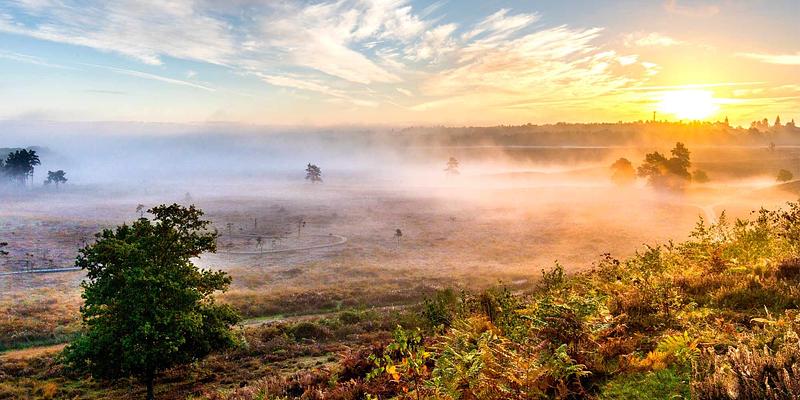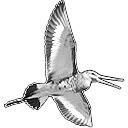Dersingham Bog NNR

Dersingham Bog is a 159.1-hectare (393-acre) biological and geological Site of Special Scientific Interest. Near the West Norfolk Villages of Dersingham and Wolferton, it is one of the few remaining wilderness areas left in this part of Norfolk which is otherwise dominated by intensive agriculture. The Reserve is part of the Sandringham Royal Estate.
Dersingham Bog contains three distinct habitats, mire, heath and woodland. Acid valley mire is found over much of the low-lying parts of the reserve where the ground is waterlogged for most of the year. Dersingham Bog contains the largest remaining example of this kind of habitat in East Anglia.
Dersingham Bog contains three distinct habitats, mire, heath and woodland. Acid valley mire is found over much of the low-lying parts of the reserve where the ground is waterlogged for most of the year. Dersingham Bog contains the largest remaining example of this kind of habitat in East Anglia.
The mire's make-up of wet acid peat makes it ideal conditions for some rare and diverse species of plants such as bog asphodels (Narthecium ossifragum), round-leaved sundew (Drosera rotundifolia), white beaked sedge (Rhynchospora alba) and cranberry. The mire also has some rare insects such as the black darter dragonfly (Sympetrum danae) and moths such as the light knot grass (Acronicta menyanthidis). In the dark it is possible to see glowworms. The mire lies on shallow peat and is bordered on one side by a steep escarpment containing large areas of dry heath and woodland which marks the edge of an ancient coastline. The woodland at Dersingham is quite recent and contains Scots pine, oak, sweet chestnut, sycamore and birch. The woodland glades attract birds such as redpoll, crossbill, long-eared owl, tree pipit, woodlark, shelduck, nightjar, and sparrowhawk.
Access
All of Dersingham is open access and there are many well-marked routes to follow which provide easy access for visitors to explore this wilderness. There are car parks at Wolferton (grid ref TF 662 285) and Scissors Cross, payment via RingGo app.
Dersingham Bog, Dersingham, King's Lynn, PE31 6HF, Norfolk
Access
All of Dersingham is open access and there are many well-marked routes to follow which provide easy access for visitors to explore this wilderness. There are car parks at Wolferton (grid ref TF 662 285) and Scissors Cross, payment via RingGo app.
Dersingham Bog, Dersingham, King's Lynn, PE31 6HF, Norfolk
- Species recorded
- 0
- Visitors
- 0

